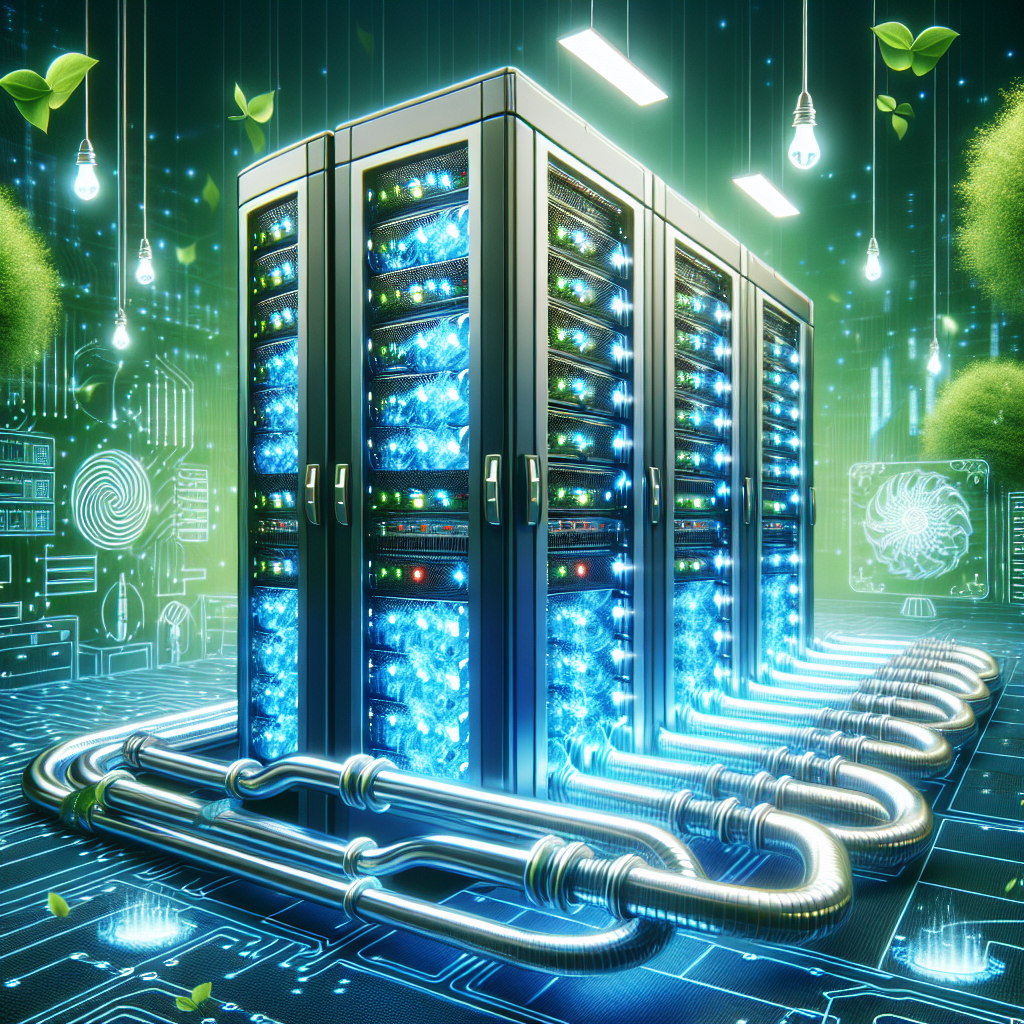Data centers play a vital role in today’s digital world, serving as the backbone of the internet and storing vast amounts of data. However, they also consume a significant amount of energy and contribute to carbon emissions, making them a key target for sustainability efforts.
One of the most significant challenges facing data centers is the need to keep servers and other equipment cool. Traditional cooling methods, such as air conditioning, can be energy-intensive and contribute to high operating costs and carbon emissions. In recent years, data center operators have been exploring innovative cooling approaches to improve sustainability and reduce their environmental impact.
One of the most promising approaches is the use of liquid cooling systems. Liquid cooling involves circulating coolant through servers and other equipment to dissipate heat more efficiently than air cooling. This method can significantly reduce energy consumption and improve the overall efficiency of data centers.
Another innovative cooling approach is the use of free cooling, which takes advantage of natural cooling sources, such as outside air or water, to cool data centers. By harnessing these natural resources, data center operators can reduce their reliance on mechanical cooling systems and lower their energy consumption.
In addition to these approaches, data center operators are also exploring the use of advanced cooling technologies, such as heat exchangers and thermal storage systems, to further improve efficiency and sustainability. These technologies can help data centers better manage their heat loads and reduce their overall energy consumption.
Overall, improving data center sustainability through innovative cooling approaches is essential for reducing energy consumption, lowering operating costs, and minimizing environmental impact. By adopting these technologies and practices, data center operators can make significant strides towards a more sustainable future.


Leave a Reply